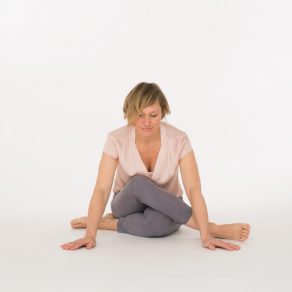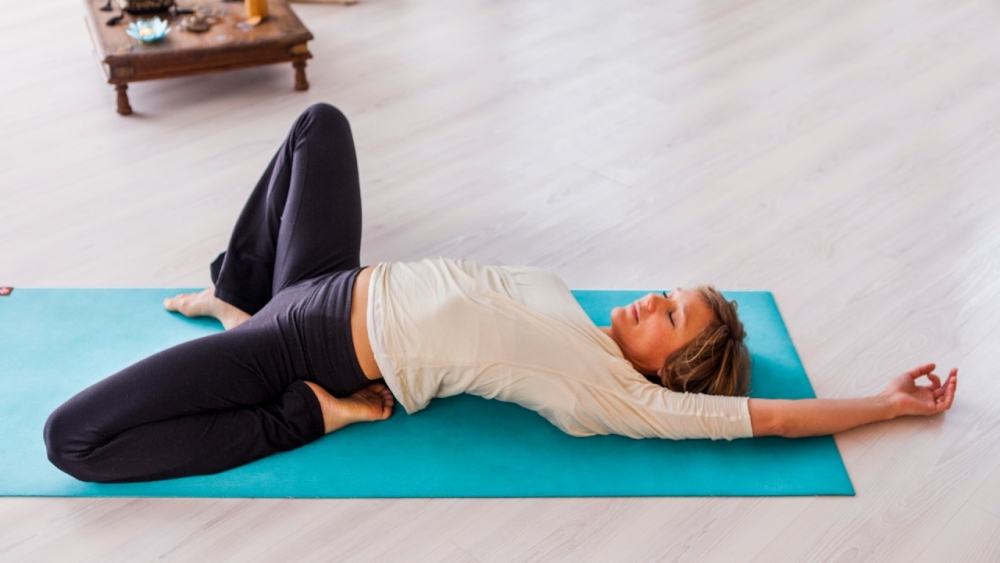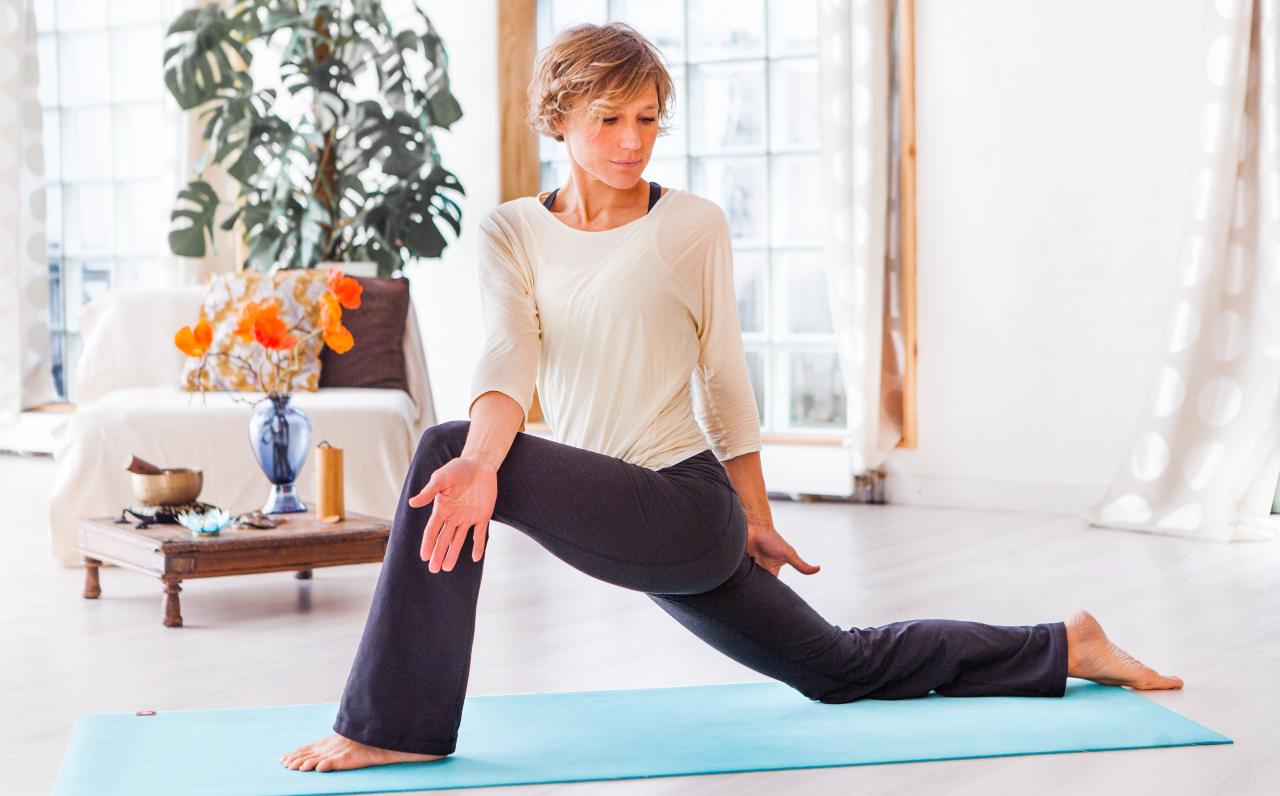The energy system – Prana and Qi
Different ancient traditions have talked about an energy system within the body since the earliest of times. Indian Yogis called it Prana, while Chinese Daoists called it Qi or Chi. Usually translated as ‘vital life force’ or ‘life energy’, this Prana or Qi is the force present in all life that binds together all things in the universe.
What are meridians?
Just as Prana moves through energy channels called Nadis in the Indian Yogi tradition, in the Chinese tradition this Qi or Chi moves through a network of energy pathways called ‘Jing-luo’ that interconnects and encapsulates all tissues and cells. Jing, meaning ‘to go through’ and Luo meaning ‘that which connects’. The word is translated as ‘channels’ and commonly known as ‘Meridians’.
The Daoist tradition, upon which Traditional Chinese Medicine (TCM) is based, distinguishes 12 main meridians, 8 minor meridians and many collateral ones. TCM acupuncture points can be mapped out on this meridian system.
While in yoga the chakras are considered as the main energetic points, the Daoist model considers our internal organs as being the main focus points of energy storage and distribution.
Most major meridians are named after the internal organs they influence and are connected with: an organ’s Qi moves through that organ’s meridian.
The 12 main meridians
The 12 major meridians are composed of 5 Yin meridians: Heart, Spleen, Lungs, Kidneys, Liver; 5 Yang meridians: Small intestines, Stomach, Large intestine, Urinary bladder, Gallbladder; the Pericardium meridian, and the San Jiao meridian.
We talk about the qualities of each of these in more detail below.
According to the Daoist tradition, everything in life requires the association of Yin and Yang for balance, which is why the organ meridians form pairs. For example, Stomach (Yang) forms a pair with Spleen (Yin).
Put simply, Yin organs are solid and their main function is to store our energies and fluids, while Yang organs are hollow and their main function is to transform and transmit energies and fluids.
Each organ pair’s Qi has specific functions in our body and is linked to a particular element and different emotions. Emotional imbalance can be a sign of unbalanced Qi.
How to release emotions that don’t serve us
Just as we have physical scar tissue, we also have emotional scar tissue that we can work on through the meridians. For instance, if you experience excessive anger and frustration, working on your liver meridian through specific Yin yoga pose, acupuncture or acupressure could bring about balance and help you release these stagnant emotions that no longer serve you.

If you are going through an emotionally challenging period, you might also want to focus your Yin Yoga practice on the organs and meridians that house this emotion, to prevent any emotional build up.
Below we’ll look at each meridian, its associated emotions and which Yin Yoga poses we can do to target that meridian. By incorporating these into our yoga practice we can help balance our energy and emotions.
- For a step by step guide to each pose visit our Yin Yoga pose library
- EkhartYoga members can follow our Just Yin Yoga program for classes designed specifically for the meridians.
- For an in-depth training you can study Yin Yoga and Meridians with José de Groot on the EkhartYoga Academy
Qualities of the meridians and Yin Yoga poses to target them
Stomach/Spleen
- Element: Earth
- Function: Reservoir for food and water, feeds the rest of the organs.
- Emotion: Worry, anxiety and overthinking.
- Signs of disharmony: When imbalanced, Spleen-Stomach Qi tends to bring disproportion in our interactions with the exterior world. That can manifest as excessive need for approval, anxiety, and nervousness.
- Yin Yoga poses to work on the Stomach/Spleen meridian: Ankle stretch, Child’s pose, Dragon, Dragonfly, Melting Heart, Saddle and Swan
Liver/Gallbladder
- Element: Wood
- Function: Stores blood, regulates Qi flow, seat of our soul.
- Emotion: Anger and kindness
- Signs of disharmony: When Liver/Gallbladder Qi is unbalanced, we can feel frustrated or defensive, or we may feel paralysed and unable to stand up for ourselves. We tend to make rash and impulsive decisions. Petty annoyances can become towering rages.
- Yin Yoga poses for Liver/Gallbladder meridian: Ankle stretch, Bananasana, Butterfly, Dragon, Dragonfly, Frog, Seal, Shoelace, Square and Swan.
Kidney/Urinary Bladder
- Element: Water
- Function: Regulates water volume, coordinates respiration, and stores Jing: our essence.
- Emotion: Fear and wisdom
- Signs of disharmony: When our Kidney/Urinary bladder chi is imbalanced, we hold on to things and people, unable to let go. As we fearfully stop trusting people around us, we lack trust in ourselves as well.
- Yin Yoga poses for Kidney/Urinary Bladder meridian: Butterfly, Caterpillar, Child’s pose, Dangling, Dragon, Dragonfly, Reclined Twist, Saddle, Seal, Snail Square, Squat, and Swan
Heart/Small intestines
- Element: Fire
- Function: Blood circulation and mental functions.
- Emotion: Happiness and love
- Signs of disharmony: When Heart/Small intestine Qi is unbalanced we may feel sad, desperate or depressed.
- Yin Yoga poses for the Heart/Small intestine meridian: Bananasana, Melting heart and Reclined Twist
Lungs/Large Intestines
- Element: Metal
- Function: Controls respiration regulates water flow.
- Emotion: Sadness/grief and sense of beauty
- Signs of disharmony: When Lungs/Large intestines Qi is unbalanced we tend to feel sadness associated with a sense of loss. Unable to express our grief, a vicious cycle can take place.
- Yin Yoga poses for the Lungs/Large Intestines meridian: Bananasana, Melting heart and Reclined Twist
San Jiao
- San Jiao meridian describes a function more than an organ and it’s not usually linked to a particular emotion.
- Sometimes called the Triple Burner, its function relates to intake, transformation and elimination.
Pericardium
- Pericardium meridian also called ‘Heart Constrictor’ relates to the function of circulation, and protects the heart. Again, it is not usually linked to a particular emotion.
Adding Yin yoga classes into our regular yoga practice can have a profound effect on our emotional wellbeing. I recommend anyone interested in exploring this further to follow the program below, which features yoga classes designed specifically for each meridian and for different target areas in the body.
Try our Yin Yoga and the 5 Elements program
A 5 week program of Yin yoga practices based on the 5 Elements and Meridian theory, designed to support and nourish your whole body and mind.
Take your knowledge to the next level
Deepen your knowledge of Meridian Theory with José’s 30-hour teacher training course on the EkhartYoga Academy. Using the Five Elements of Traditional Chinese Medicine and Meridian Theory as a foundation, you’ll learn how Yin Yoga poses can stimulate meridians and balance Chi flow, and in doing so, initiate profound energetic, physical, emotional and mental shifts. Find out more…
About the author
Masha is a dedicated yoga student and member of the EkhartYoga team. She trained in Hatha Flow Yoga with Esther Ekhart and in Yin Yoga with Bernie Clark.


